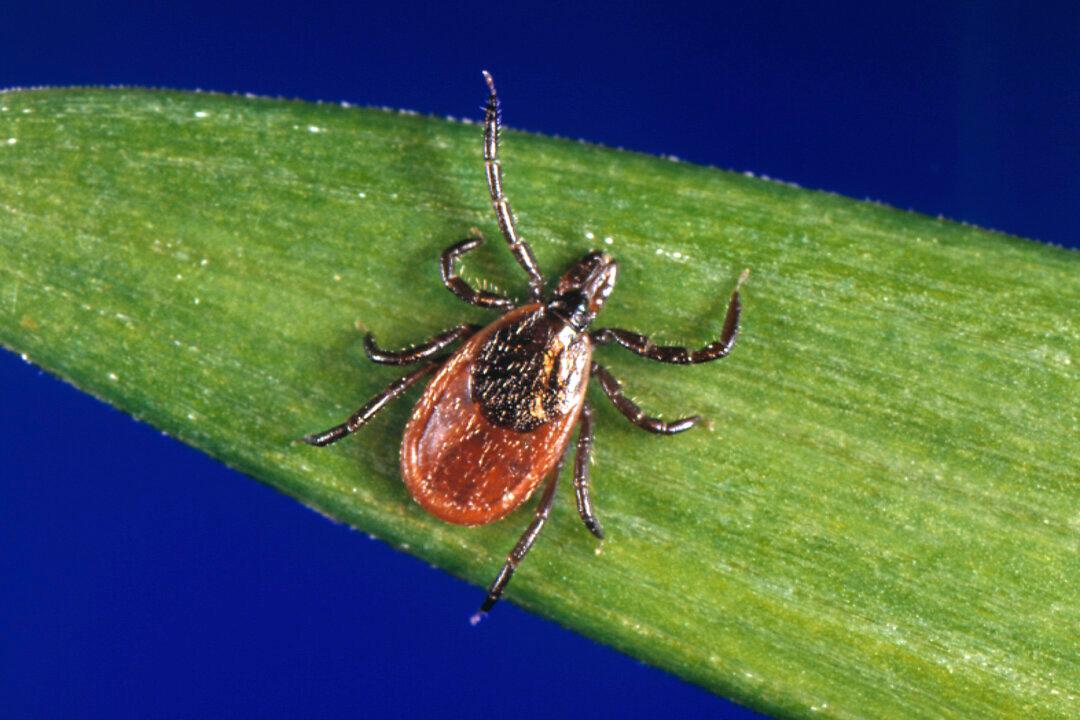Secretary of State Antony Blinken announced on May 18 that the United States would be offering $215 million in emergency assistance to ease worldwide food shortages, which have been worsened by the Ukraine war and resulting supply chain disruptions.
“Today, given the urgency of the crisis, we’re announcing another $215 million in new emergency food assistance. And we’ll do much more. We expect our Congress very soon to approve approximately $5.5 billion in additional funding for humanitarian assistance and food security,” Blinken said at the Food Security Ministerial in the United Nations headquarters.





